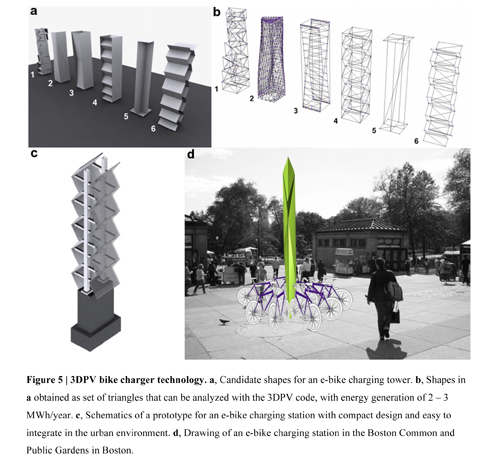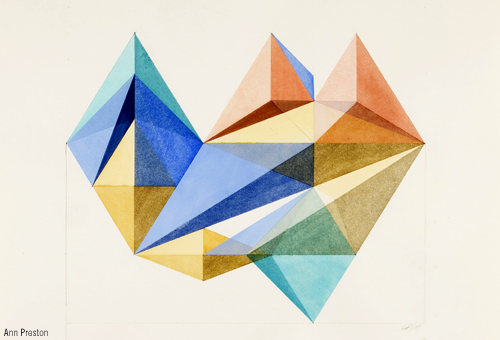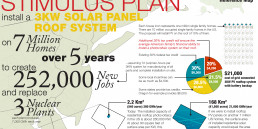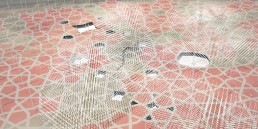
Left: Brancusi’s 1938 Endless Column in Târgu Jiu, Romania.
Right: Images from Solar Energy Generation in Three-Dimensions, by Marco Bernardi, Nicola Ferralis, Jin H. Wan, Rachelle Villalon, & Jeffrey C. Grossman.
There is some expanded research out of MIT (PDF link) that adds serious weight to the idea that if you install a 3D photovoltaic surface, the increased energy that is generated (when compared to a non-tracking well-oriented flat panel) more than compensates for the added expense of the additional PV material.

Solar Energy Generation in Three-Dimensions, by Marco Bernardi, Nicola Ferralis, Jin H. Wan, Rachelle Villalon, & Jeffrey C. Grossman; Department of Materials Science and Engineering, Department of Mathematics, Department of Architecture, Massachusetts Institute of Technology.
This is really great news for renewable energy artists! It means that all of those design ideas that you have about a sculptural form covered in PV may actually be more efficient than a flat panel alternative of the same surface area, despite the fact that some of the PV material in the 3D object will not be operating at peak efficiency throughout portions of the day.
From MIT’s Technology Review:
Marco Bernardi and pals at the Massachusetts Institute of Technology in Cambridge say there is a simple fix that could dramatically increase the performance of photovoltaics. Instead of two dimensional flat panels, Bernadi and co suggest using three dimensional structures.
They’ve simulated the performance of various shapes and tested several of these on the roof of a building at MIT. Their results indicate that 3D structures can increase the amount of energy that can be generated by a given footprint by as much as 20 times. These structures can also double the number of useful peak hours of generation and reduce seasonal variation to boot.
We posted about this idea back in 2009 with a tongue-in-cheek homage to Jean Arp’s 1942 Silencieux. But since then, the 2010 edition of the LAGI design competition has shown the world some truly awe-inspiring examples of what can be done with this revelation to create beautiful and functional objects for our cities.

Some examples of 2010 LAGI competition entries that have incorporated this 3D PV approach:
Tetras (shown above)
Lunar Cubit (First Place Winner)
Solar (ECO) System
PV Dust
Solar Flock”
Living Ribbon
Solar Bird
Artocos
project s: flow
Ode to the Sun
Light Sanctuary


